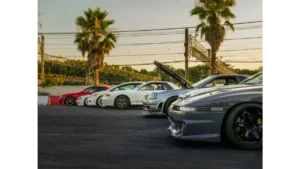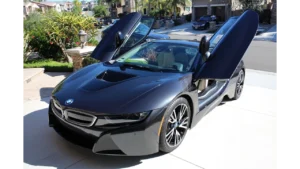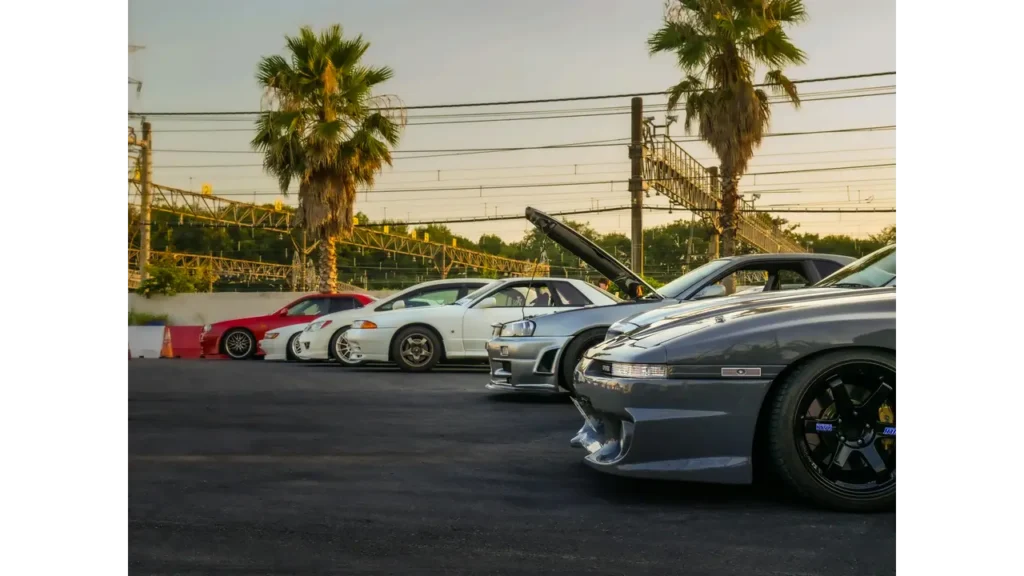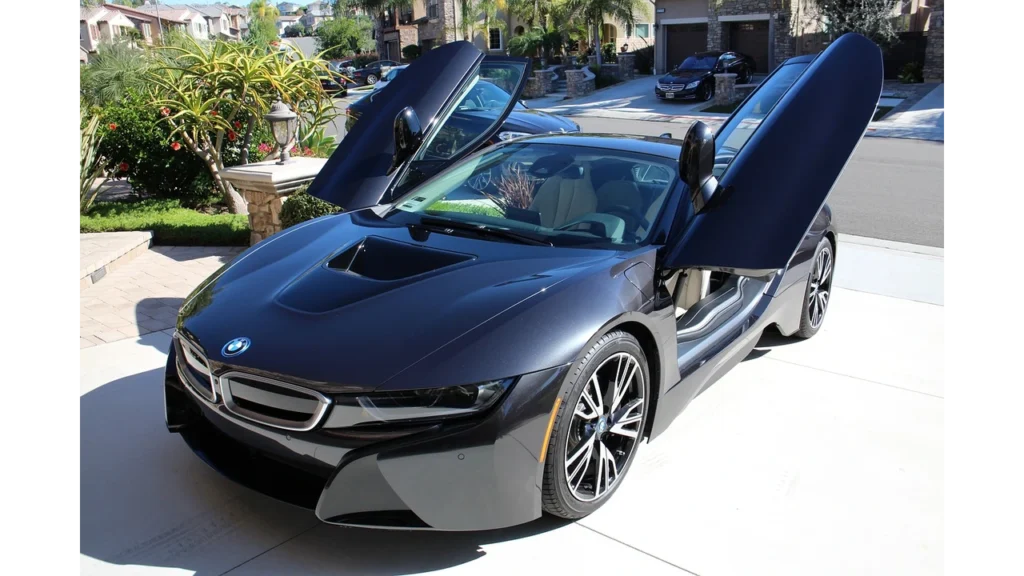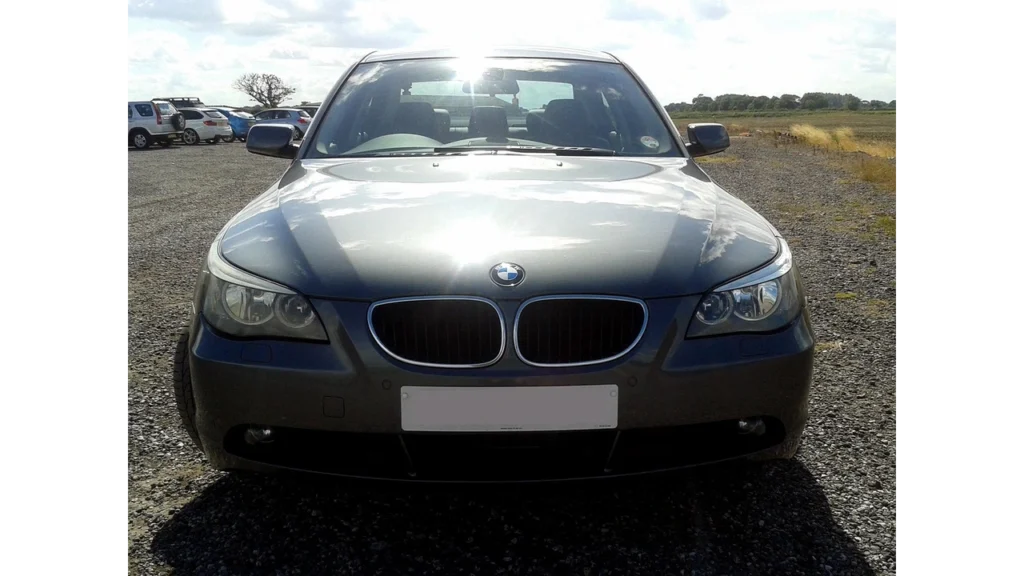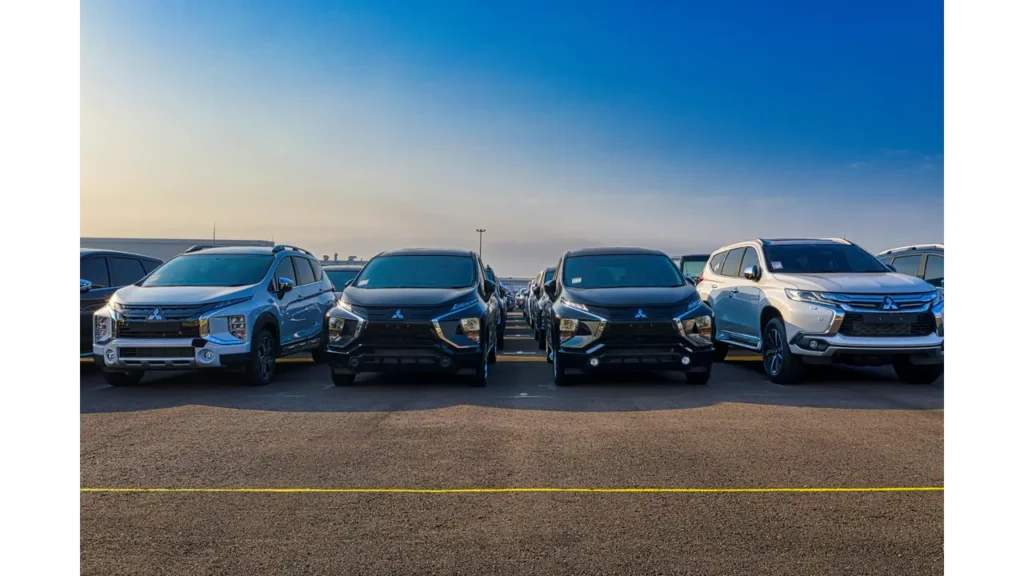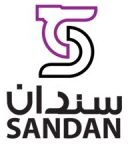Introduction
Buying a car in Oman is not just a sticker price decision. The final number that matters is the 5-year total cost of ownership, because fuel type and consumption, VAT, registration and inspection rules, insurance choices, financing, maintenance, and resale value all pull the result in different directions. New and used cars behave very differently across these variables. The aim here is simple: turn opaque fees and moving parts into a clean framework that helps you decide with confidence.
We model cost by Oman’s real conditions. That means VAT at purchase for new cars, the profit-margin VAT mechanism that can apply at used dealers, private sales that typically sit outside VAT scope, Royal Oman Police renewal fees by engine size, inspection at age ten, and common insurance choices such as third party or comprehensive. With these in place, you can see why a cheaper used car on day one may or may not win after five years, and why a warranty-backed new model can beat expectations when driven long enough.
If you plan to compare two vehicles, keep your inputs consistent. Same annual kilometers, same fuel price band, same insurance strategy, and a realistic resale estimate tied to brand, segment, and GCC specification. Consistency is what makes the answer reliable.
TLDR — Key takeaways
- Total cost depends on more than price. VAT, fuel, registration, insurance, maintenance, and resale drive the outcome.
- New cars typically pay VAT and drop faster in value early, but carry warranty, service packs, and lower repair risk.
- Used cars can avoid VAT in private sales, but may face earlier maintenance and an inspection requirement once the vehicle is ten years old.
- Royal Oman Police renewal fees follow engine size, so large engines pay more every year.
- Use the same assumptions for both cars to get a fair, apples-to-apples result.
Table of Contents
How we calculate cost in Oman
We define 5-year total cost as Purchase plus Finance plus Operating plus Compliance minus Resale. Purchase covers the vehicle price, VAT where applicable, plate issuance, and any dealer or import fees. For used cars, tax treatment depends on the channel. A dealer may apply the profit-margin VAT mechanism, while a private seller is typically outside VAT scope. Imported used vehicles add customs and shipping, which should sit in the upfront line.
Finance includes down payment, interest rate, and tenor. The math should reflect your exact loan terms, not a generic APR, since two vehicles with different rates can flip the result. Operating costs combine fuel and maintenance. Fuel needs three inputs that match Omani reality: annual kilometers, consumption in liters per 100 km or km per liter, and pump price for M91, M95, or diesel. Maintenance should include routine servicing, tyres, brake wear, and a buffer for repairs on older cars.
Compliance includes Royal Oman Police renewal fees tied to engine cubic capacity, plus an inspection fee whenever the vehicle hits the ten-year age mark. Insurance is modeled separately as third party or comprehensive with chosen excess and common add-ons such as agency repair or GCC cover. Finally, depreciation and resale value complete the picture. Use brand and segment signals rather than a single percentage for all vehicles. For example, body-on-frame SUVs and pickups with GCC specification may retain value differently from compact sedans.
Put it together like this: TCO5 = Upfront taxed price plus finance charges plus five years of fuel, maintenance, insurance, registration and any inspections, then subtract the expected sale price in year five.
New car in Oman — 5-year cost profile
Upfront cost for a new car includes the ex-showroom price, VAT, plate issuance, and first registration. The tax applies to the full sale price, so even a modest discount can meaningfully lower the on-road total. Many dealers bundle service packs or extended warranties, which reduces maintenance volatility in the first years and should be credited in the model as lower repair probability and capped service spend.
Depreciation is the defining feature of the new path. Most value loss occurs in the first two to three years, then the curve softens. Brand and segment matter a lot in Oman. Popular Japanese SUVs and pickups often hold value better than compact sedans. GCC-spec helps resale because buyers trust cooling, filtration, and calibration for desert conditions. When you estimate the year-five value, reflect these signals rather than using one flat rate.
Insurance choices also differ. New buyers commonly select comprehensive with agency repair and lower excess, which increases annual cost but protects against high early depreciation and major repair bills. Registration renewal is annual. Fees scale with engine size, so large displacement models carry a higher recurring charge. A new vehicle does not require inspection for renewal until it reaches ten years of age, which is usually outside the first ownership cycle.
Fuel and tyres still matter. A heavy seven-seat SUV with M95 and wide tyres can outspend a compact on operating costs by a wide margin, even if both are new. When a buyer plans to keep the car for five to eight years and drives moderate annual kilometers, the warranty period, predictable servicing, and convenience often offset the early depreciation hit. In that use case, a new car can produce a surprisingly tight five-year total compared to a higher-risk used alternative.
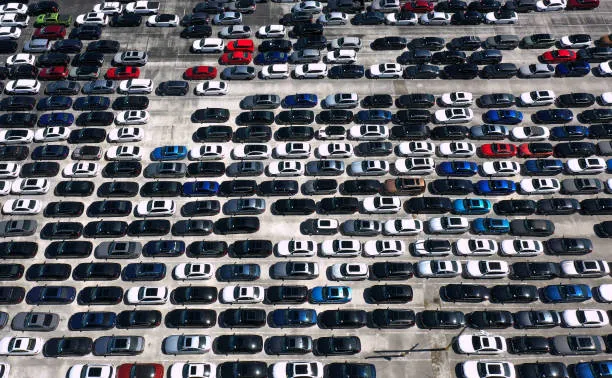
Used car in Oman: 5 year cost profile
A used car starts with a price advantage, but the channel and age determine the rest of the story. If you buy from a private seller, the transaction typically sits outside VAT scope because the seller is not a taxable person. If you buy from a dealer, the profit margin VAT mechanism may apply on the dealer’s margin, not the full car price. Imported stock adds customs at five percent plus shipping and local compliance work. Put those items in the upfront line so the comparison is clean.
Maintenance risk arrives earlier on a used path. Budget for tyres, brake rotors and pads, suspension bushings, battery, and air conditioning service. An independent inspection report saves money later because it reveals what to fix now and what to watch for. Age matters for compliance too. When the vehicle reaches ten years, renewal can require a technical inspection, which adds both a fee and a probability of repair to pass. Include that inspection gate in any five year model if the car will cross the ten year threshold during your hold.
Insurance strategy usually shifts by vehicle value. Many used buyers choose third party cover with selected add ons like personal accident or roadside assistance. Others keep comprehensive for one or two years after purchase to protect against major faults that were not visible at inspection. Match the cover to the car’s value and your risk appetite, then keep it consistent across scenarios.
Fuel and tyres remain big drivers of operating cost. A used V6 4×4 on wide all terrain tyres will cost more per kilometer than a lightly used compact sedan, even if both purchase prices look attractive. Registration renewal is annual, and fees scale with engine cubic capacity, so larger engines pay more every year. Used cars with GCC specification tend to retain value better in Oman because cooling, filtration, and calibrations suit local conditions. Add a small penalty to resale if the vehicle is a non GCC import. When you model five years correctly, a well chosen used car can win, especially if you avoid VAT, secure fair finance, and control maintenance with a good inspection and a realistic parts budget.
Line item deep dives
Registration and renewal. Royal Oman Police renewal fees are tied to engine size, so a 1.6 liter sedan pays less per year than a 4.0 liter SUV. Add a line for renewal every year, then add a separate inspection fee in any year the car hits ten years of age or more. If you are modeling a nine year old purchase, plan for inspection in year two of your hold.
Insurance. Decide between third party and comprehensive based on vehicle value, age, and lender requirements. Comprehensive usually includes agency repair options and a chosen excess. Third party can be cheaper but exposes you to own damage costs. Keep the same coverage level in both new and used scenarios for a fair test, then run a sensitivity check where the used path switches to third party from year two.
Fuel. Use annual kilometers, measured consumption, and pump price by fuel type. Owners often underestimate distance. Pull a conservative number like 15,000 kilometers per year unless your commute data proves otherwise. Show fuel spend both yearly and as a five year sum so its weight is obvious next to depreciation.
Maintenance and tyres. New cars with service packs will cluster costs into small, predictable invoices. Used cars need a starting refresh for tyres, fluids, and worn items. Add a one time reconditioning amount in year one of the used scenario so the comparison does not hide these costs inside “surprise” repairs later.
Depreciation and resale. Use brand and segment signals, not a single percentage. Body on frame SUVs, pickups, and GCC spec vehicles often keep a stronger floor price. Imports without GCC spec can face lower demand and a higher discount. Add a resale adjustment to reflect that sentiment.
Import cost stack. If you cross shop foreign stock, add five percent customs, shipping, and any compliance fix. That keeps the upfront math honest and avoids double counting.
Worked examples you can mirror in the calculator
Compact sedan comparison at 15,000 kilometers per year. New price 7,200 OMR with 5 percent VAT adds 360 OMR. Finance at 5.5 percent over five years. Consumption 6.5 liters per 100 km on M91. Comprehensive insurance at 180 OMR per year for the first three years, then 150. Registration in the smallest engine band. Resale at year five estimated at 40 percent. Used alternative is a four year old of the same model at 4,300 OMR from a private seller, no VAT, finance at 7.5 percent over three years, third party insurance at 80 OMR per year after the first comprehensive year at 150, one time reconditioning 250, resale at 28 percent of its current purchase price. This setup often shows a narrow gap if you drive moderate kilometers and value warranty.
Mid size 4×4 comparison at 20,000 kilometers per year with camping trips. New price 18,000 OMR plus VAT, finance at 4.9 percent, consumption 12 liters per 100 km on M95, tyres replaced in year three. Used alternative is three years old at 12,000 OMR from a dealer using profit margin VAT on the invoice, finance at 6.9 percent, consumption 13.5 liters per 100 km, reconditioning 500 for tyres and fluids. Insurance comprehensive for two years, then third party. Include higher renewal fees for the larger engine in both cases. Many buyers see the new path win on reliability and downtime, while the used path wins on cash flow.
Importer vs GCC spec used at similar upfront value. US import purchase 10,500 OMR plus five percent customs at 525 and shipping at 800 for a landed cost near 11,825. GCC spec peer listed at 11,900 OMR. Model both with the same fuel and insurance. Apply a small repair contingency and a resale penalty to the import if local buyers avoid non GCC spec. The calculator will show whether the cheaper entry price truly offsets the resale and AC risk or not.
Decision framework: pick in 90 seconds
Start with your use case, not the price tag. If you will keep the car at least five years, drive fewer than 12,000 kilometers a year, and dislike repair risk, a new model usually fits. Warranty and predictable servicing compress surprise costs, and you will avoid the age-10 inspection during your hold. If your plan is a two to four year hold or you want the lowest monthly outlay, used often wins, especially from a private seller where VAT typically does not apply.
Check the age crossover. If the car will turn ten during your ownership, add a technical inspection line and a repair buffer to pass. That rule pushes some buyers toward newer stock or trims the hold period on older vehicles. Engine size matters too. Renewal fees scale by cubic capacity, so a 1.6 liter sedan costs less to keep in compliance than a 4.0 liter SUV. If your commute is long or you tow, factor fuel and tyre wear heavily before you decide.
Finance can flip the result. A low APR on a new model can beat a used car with a higher rate. Compare the same tenor and down payment on both to see the true monthly delta. Insurance strategy should be consistent when you compare. If you keep comprehensive with agency repair on the new car, mirror that on the used car for one or two years, then test a scenario where the used path shifts to third party.
Specification influences resale. GCC-spec vehicles usually hold value better in Oman. If the used option is an import without GCC spec, apply a resale discount and a small repair contingency for cooling, sensors, or electrical items. Finally, run the calculator with your real kilometers per year and consumption. A thirsty V6 can erase a low entry price quickly. After these checks, the choice is usually obvious: buy new for stability or buy used for value, provided you control maintenance and timing around the age-10 gate.
Oman-specific FAQs
Do I pay VAT on a used car in a private sale?
Private sellers are typically outside VAT scope, so no VAT is added. Dealers may use the profit margin mechanism, which taxes their margin rather than the full price.
How much is yearly registration.
Renewal fees depend on engine size. Smaller engines sit in the lowest band, large displacement models pay more. Add this cost every year in your model.
When is inspection required.
At renewal once the vehicle reaches ten years of age. If your car will cross that age in your hold, include an inspection fee and a repair allowance to pass.
Third party or comprehensive insurance.
Comprehensive suits higher value cars and new purchases, often with agency repair and a selected excess. Third party lowers the premium on older, lower value cars but leaves you exposed to your own damage.
Are premiums rising right now.
Are premiums rising right now. Treat motor insurance as regulated. Compare multiple quotes, match excess and add-ons, and check lender requirements if you are financing.
What is GCC specification and why care.
GCC-spec means cooling, filtration, and calibrations designed for regional heat and dust. This improves reliability and usually supports stronger resale.
How do fuel types change cost.
M91, M95, and diesel have different pump prices and typical consumption patterns. Use your car’s measured liters per 100 km and your true annual kilometers to price fuel accurately.
Where to compare fast in Muscat
If you prefer to see, touch, and decide in a single trip, use a dense auto hub. Sandan brings used car showrooms, workshops, finance desks, and insurance providers into one zone, with an ownership transfer counter nearby. That clustering shortens the path from test drive to paperwork because you are not crisscrossing the city for each step.
Arrive with a short list and a plan. Pick two body styles and three target models. Bring license, salary or bank statement for finance, and no-claims letter if you want the best insurance quote. Start with quick walk-arounds to filter obvious mismatches, then request an independent inspection on any serious candidate. A basic inspection checks chassis alignment, suspension play, brake condition, AC performance, and electronic fault codes. Use the report to price reconditioning honestly rather than negotiating blind.
Finance and insurance can be arranged on site. Ask for written quotes that state APR, tenor, processing fees, and early settlement terms. For insurance, compare like-for-like on excess, agency repair, and roadside assistance. If the car is nine years old, confirm when it will hit the age-10 inspection gate so you can plan renewal timing.
Before you leave, run your numbers. Enter the agreed price, the selected APR and tenor, expected kilometers per year, and fuel type into the calculator. Add registration by engine size and any inspection or customs items if relevant. The goal is a same-day decision with clean math. If two cars are close, step away for a final check on service history and specification. A documented GCC-spec vehicle with a clear inspection normally wins the tie on total cost and peace of mind.
Conclusion
Your answer lives in the numbers, not the label on the boot. Price on day one is only a slice of the picture in Oman. The five year result is shaped by VAT at purchase on new cars, the profit margin method that can apply at some used dealers, and private sales that typically sit outside VAT. Annual registration flows through Royal Oman Police fees tied to engine size. The age ten inspection can add both a fee and a repair trigger. Insurance choices matter too. Comprehensive with agency repair suits higher value or financed cars, while third party can trim spend on older vehicles. Fuel is the quiet heavyweight. Match annual kilometers, consumption, and M91 or M95 prices to your reality, not wishful thinking.
Specification and channel affect resale. GCC spec tends to hold value and reduces heat related risk, while some imports without GCC calibration may need contingencies. Finance can flip the outcome when a low APR on a new car beats a used loan. Maintenance profiles diverge as well. A new car with service packs smooths costs, while a used car needs smart reconditioning and a clear inspection report.
Run the comparison with consistent assumptions on both sides. Same distance, same fuel type, the same coverage, and transparent fees. If you keep a car for five to eight years and value low downtime, a new model often makes sense. If you swap within two to four years and buy carefully, a used car can win by a clear margin. The calculator and examples here turn that decision from guesswork into a grounded choice you can defend.




